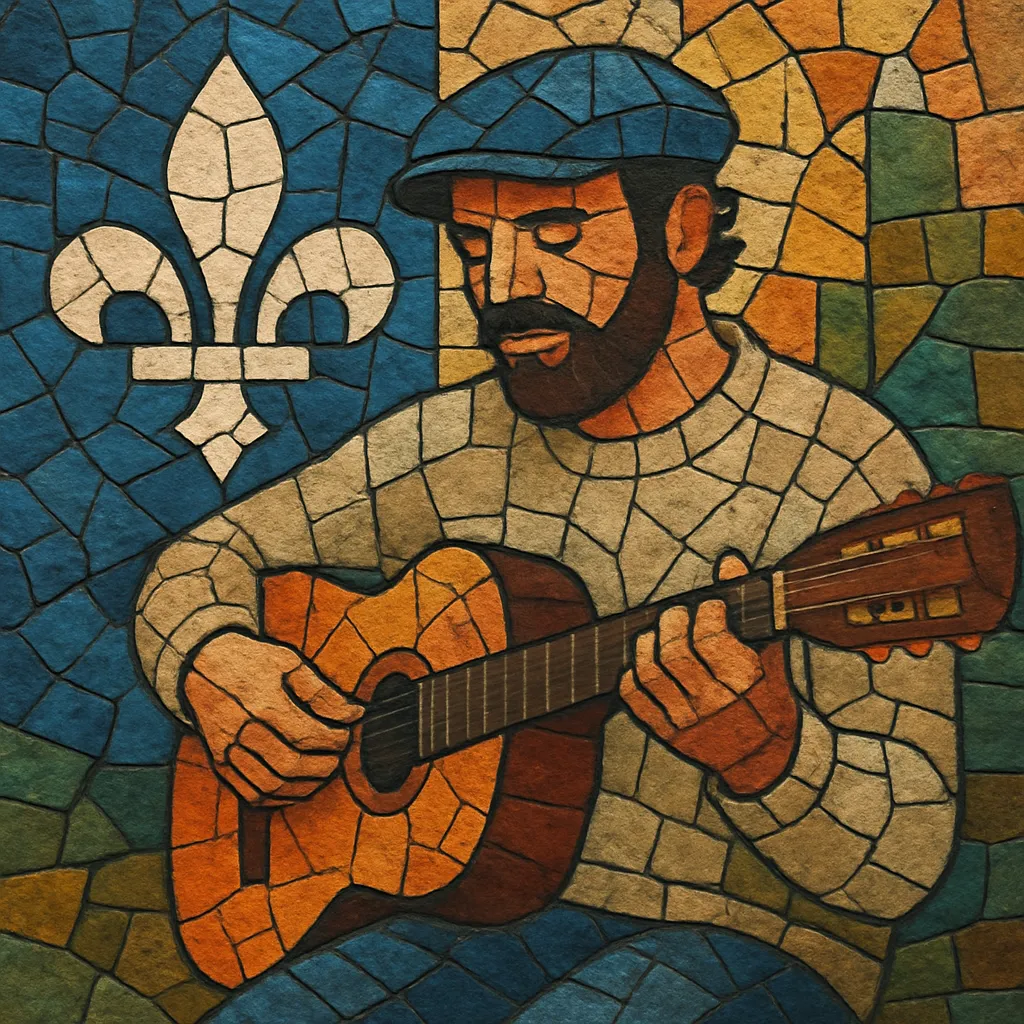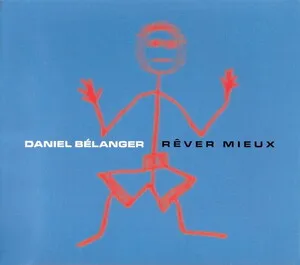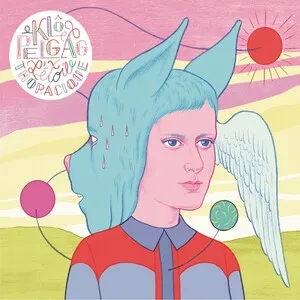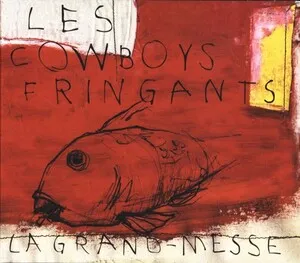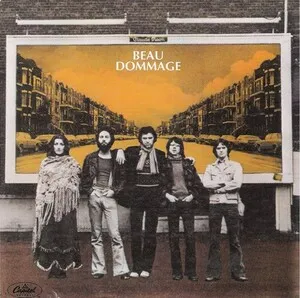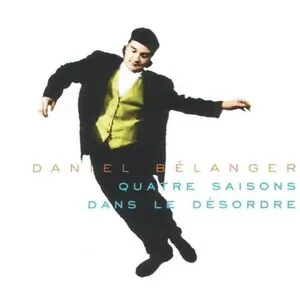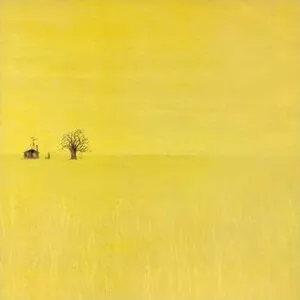Chanson québécoise is the French-language singer‑songwriter tradition of Québec, rooted in poetic, narrative lyrics and intimate performance. It blends the literary focus of French chanson with North American folk and, later, rock and pop sonorities.
Typically performed in cafés, cabarets, and the boîtes à chansons that flourished during the Quiet Revolution, the style emphasizes storytelling, social commentary, and cultural identity—often delivered in Québec French (including joual). Arrangements range from voice‑and‑guitar simplicity to fuller folk‑rock and orchestral textures developed in the 1970s and beyond.
The seeds of chanson québécoise were sown in the 1950s as Québec artists adapted the lyric‑driven traditions of chanson française to local realities. Pioneers like Félix Leclerc brought a poet’s sensibility to simple folk accompaniments, establishing a model centered on voice, text, and acoustic guitar or piano.
During the 1960s Quiet Revolution, a network of boîtes à chansons (small venues devoted to singer‑songwriters) became incubators for a rapidly growing scene. Gilles Vigneault, Claude Léveillée, Pauline Julien, Jean‑Pierre Ferland, and Robert Charlebois expanded the idiom with topical lyrics about language, identity, and social change, while absorbing new harmonic colors and performance energy from North American folk, rock, and pop.
By the 1970s, the solo chanson format diversified. Groups such as Harmonium and Beau Dommage wove chanson’s literary focus into folk‑rock, progressive, and lush pop arrangements. The period cemented chanson québécoise as both a vehicle for personal expression and a mirror of Québec’s evolving cultural identity.
Subsequent generations have continued the tradition’s core values—lyrical depth, expressive vocals, and cultural specificity—while exploring contemporary production and genre fusions. The style remains a cornerstone of francophone music in Canada, influencing everything from mainstream pop to indie folk within the Québec ecosystem.
Begin with the voice and the text: write in French (often Québec French), prioritizing vivid imagery, metaphor, and narrative clarity. Themes commonly include everyday life, social issues, love, memory, and the Québec cultural experience.
Use song‑friendly tonal harmony—diatonic progressions such as I–IV–V, I–vi–IV–V, ii–V–I, or i–VII–VI in minor. Melodies should be singable and speech‑inflected, leaving room for lyrical emphasis and prosody. Occasional modal colors (Mixolydian, Dorian) and borrowed chords add nuance without obscuring the text.
Common meters include 4/4 ballads and mid‑tempos, as well as 3/4 or 6/8 waltz feels, echoing folk roots. Standard forms (verse–refrain, AABA, or verse‑only with a recurring hook) keep focus on the story. Allow space for rubato intros or bridges to highlight key lyrical turns.
Start with voice plus acoustic guitar or piano. Add subtle layers—bass, light percussion (brushes, shaker), strings, accordion, or woodwinds—for color. For a 1970s inflection, incorporate folk‑rock elements: electric piano, gentle drums, and vocal harmonies, always ensuring the lyrics remain front and center.
Embrace natural diction and expressive phrasing. If writing in joual or colloquial Québec French, let idioms and cadence shape rhythmic placement. Dynamic contrast—soft narrative verses and more expansive choruses—reinforces the emotional arc.
Keep mixes intimate, with the vocal slightly forward and warm acoustic timbres. Avoid excessive processing; clarity of words and authenticity of performance are paramount. Live‑in‑room or semi‑live tracking can capture the genre’s immediacy.

